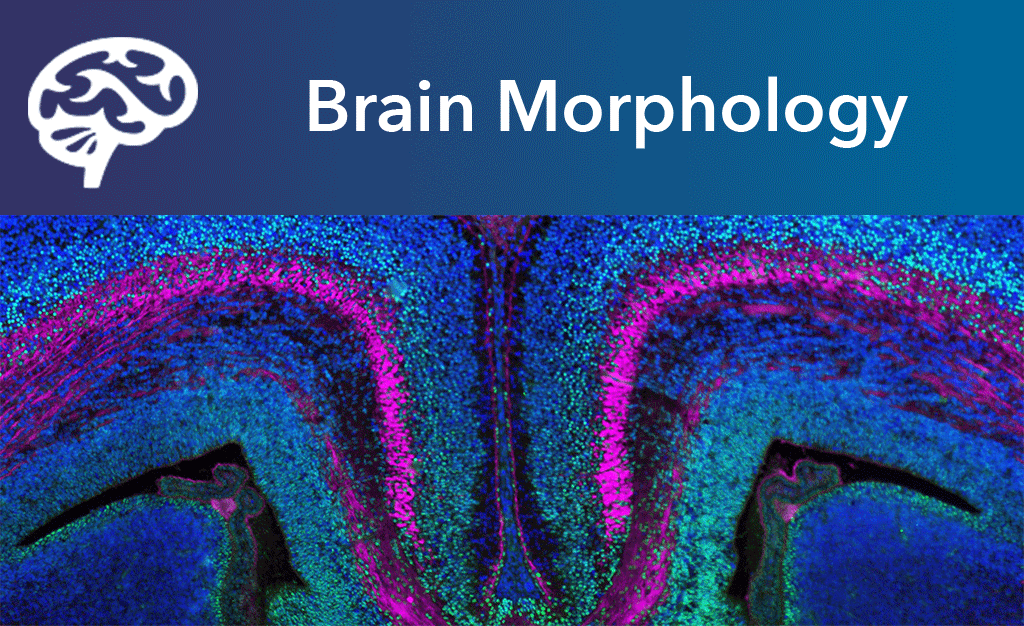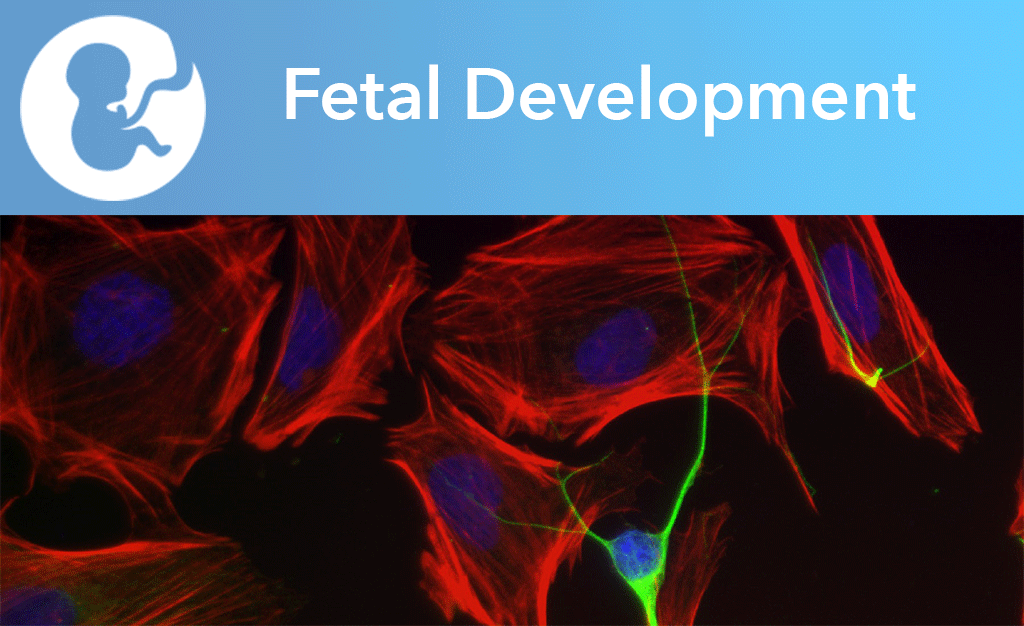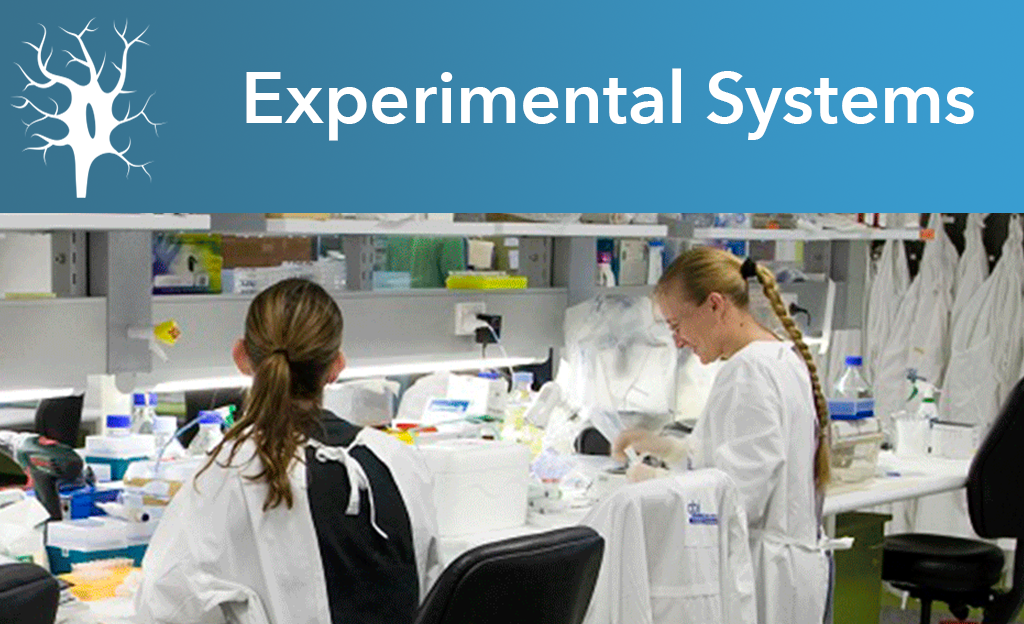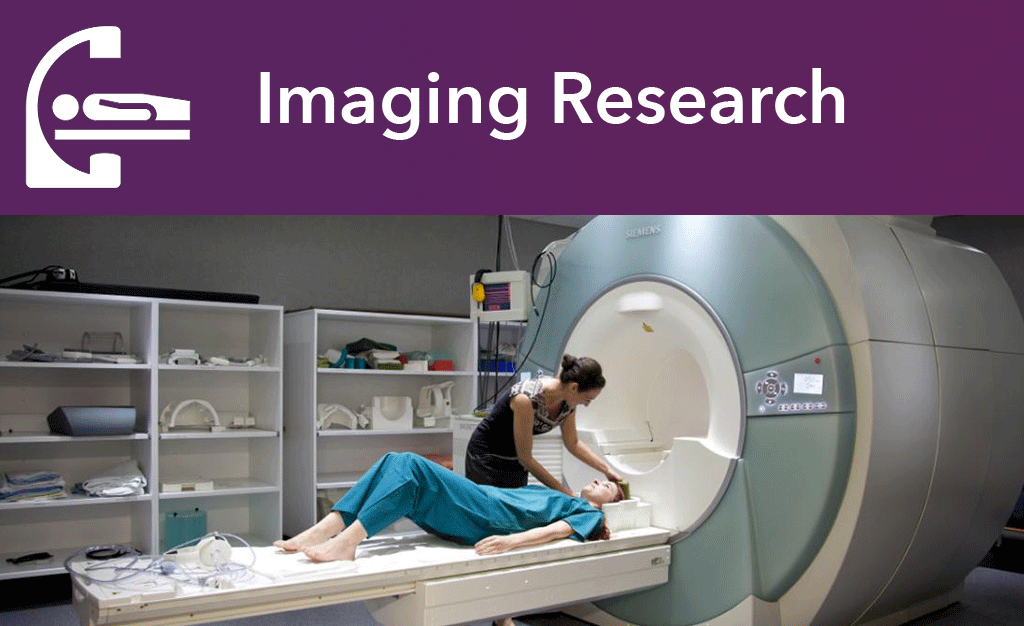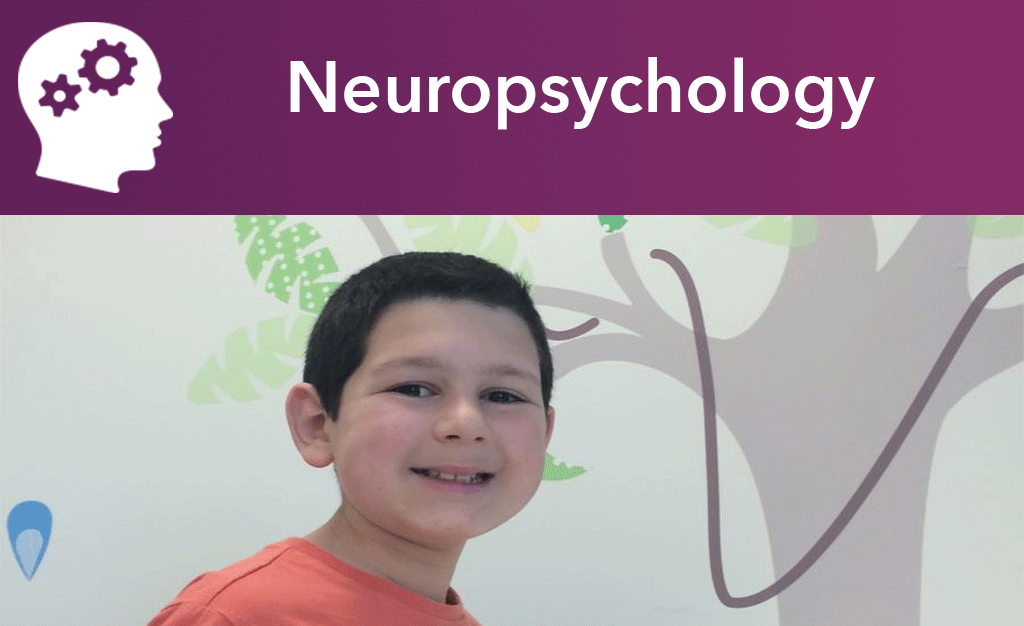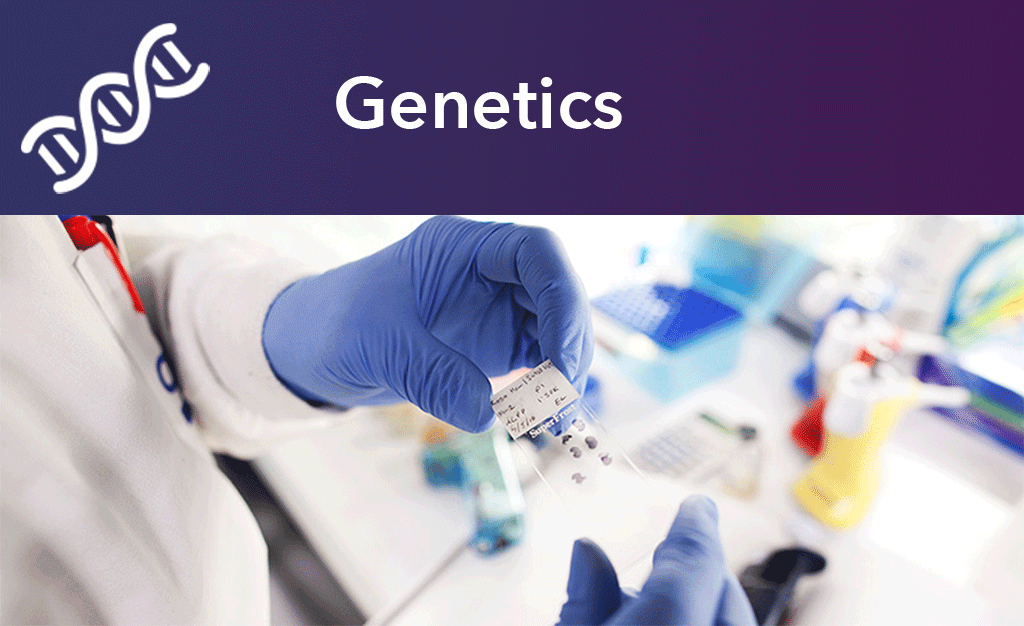
Aims
To identify the underlying genetic cause of these conditions. This would tremendously enhance the capacity of clinicians to provide accurate prognostic information to families when diagnosis of the disorder is identified in the second trimester of pregnancy. It will also provide a way to classify the disorder or syndrome providing essential information on what challenges the individual will face in their life and will serve as the first step toward developing targeted therapies for these individuals. The establishment of a diagnosis also allows accurate genetic counseling with estimation of recurrence risk, and to monitor at-risk pregnancies.
Working Group Chair
- Elliott Sherr
Working Group Co-Chair
- Emanuela Argilli
Working Group Members
- Tania Attié-Bitach
- Nadia Bahi-Buisson
- Lucile Boutaud
- Jens Bunt
- Christel Depienne
- Timothy Edwards
- Ferechte Encha-Razavi
- Juliette Godin
- Solveig Heide
- Delphine Heron
- Ruiji Jiang
- Tally Lerman-Sagie
- Rick Leventer
- Marco Leyton
- Paul Lockhart
- Ashley Marsh
- Cyril Mignot
- Ching Moey
- Linda Richards
- Romina Romaniello
- Sophie Thomas
- Stephanie Valence
Recent Publications
Mutations in DCC cause isolated agenesis of the corpus callosum with incomplete penetrance. Nature Genetics 49, 511–514
Brain malformations involving the corpus callosum are common in children with developmental disabilities. We identified DCC mutations in four families and five sporadic individuals with isolated agenesis of the corpus callosum (ACC) without intellectual disability. DCC mutations result in variable dominant phenotypes with decreased penetrance, including mirror movements and ACC associated with a favorable developmental prognosis. Possible phenotypic modifiers include the type and location of mutation and the sex of the individual.

